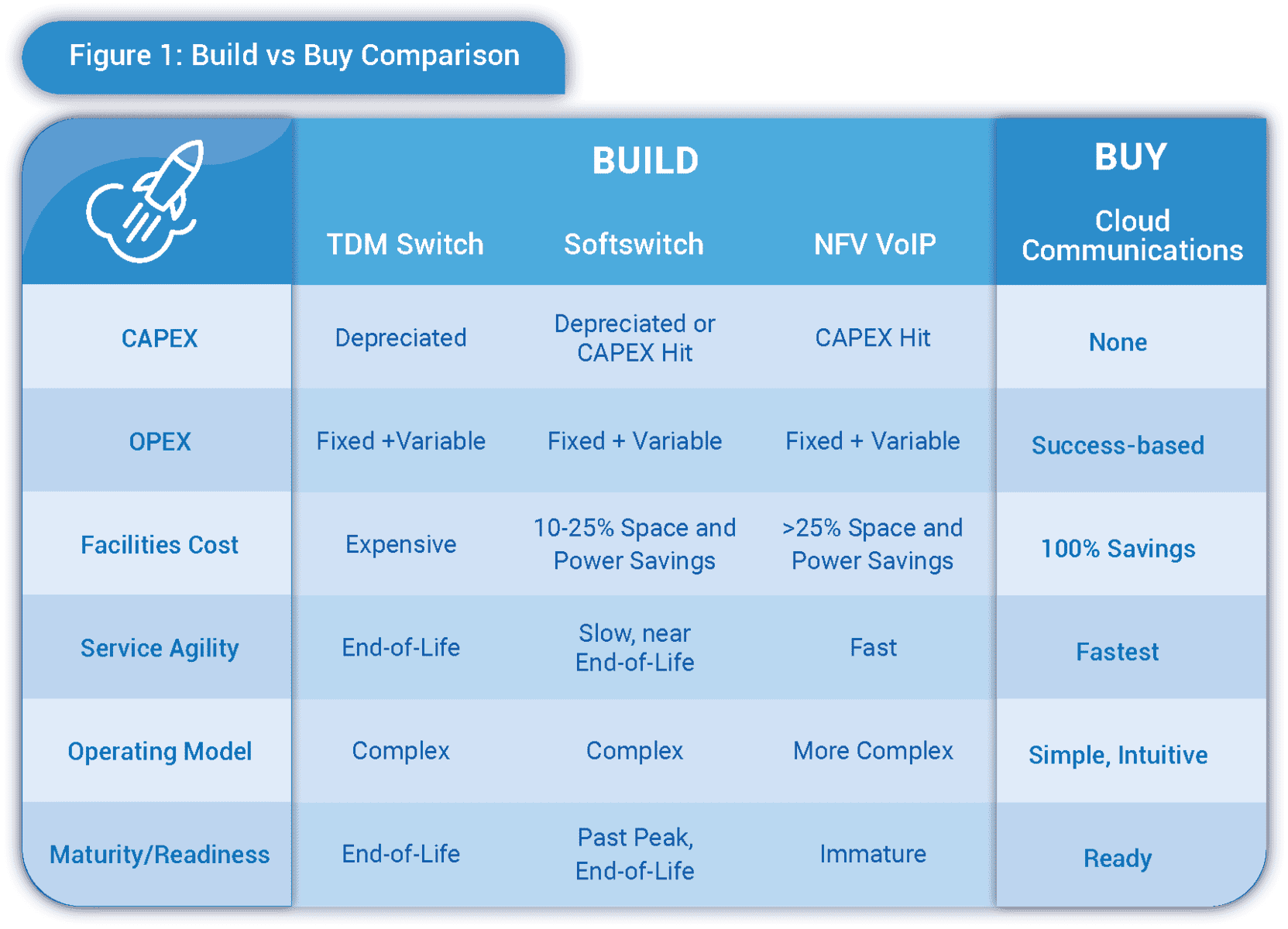
Legacy TDM and softswitch replacements are a hot topic in the telecom industry. With millions of subscribers still being offered services on outdated systems, many communication service providers (CSPs) are still bearing the brunt of eroding customer bases and shrinking margins, which puts their reputation on the line. If the COVID-19 pandemic taught us anything, it’s that consumer behavior has caused many CSPs to rapidly accelerate their digital transformation plans to create a new value-building role for themselves in the market.
Legacy TDM & Softswitches Struggle to Adapt
As regulators impose more stringent requirements, such as STIR/SHAKEN call authentication and RAY BAUM’s Act for E911 enhanced location requirements, outdated legacy solutions struggle to adapt to new demands they were simply not designed to manage.
Similar sentiments can be expressed when it comes to:
- Changes in consumer behavior, specifically the shift to online channels.
- Customers’ rapidly changing habits and surging connectivity needs for bandwidth-heavy activities like remote learning, gaming, and videoconferencing.
- The pressure to cut costs and deliver higher profits to shareholders.
Providing cable TV and broadband used to be enough to keep CSPs afloat, but these days, with the frenetic pace of change in the industry, this type of remedy is akin to rearranging deck chairs on the Titanic. By not focusing on innovation and adapting to market dynamics, CSPs run the risk of missing the looming iceberg that is about to shatter their entire business operations.
CSPs that still insist on using legacy TDM and softswitches are at high risk of service interruptions and shrinking revenue. By the time CSPs realize their infrastructure is a major obstacle for growth, their competitors may have already upgraded to a next-gen cloud communications platform and increased their own market share.
3 TDM & Softswitch Replacement Assumptions Debunked
Let’s take a closer look at the top three industry assumptions that keep CSPs hanging onto their legacy TDM and softswitch solutions:
1. TDM & Softswitch Replacements with Cloud Technology are Expensive
Despite the clear and established cost savings that moving to the cloud offers communication service providers, it’s not necessarily apparent that TDM and softswitch replacement and migration doesn’t have to be expensive.
Service providers sometimes make a false assumption that a cloud model would be more expensive than developing and building their own infrastructure (see figure 1 below).
Alianza’s business philosophy is fundamentally different than your old switch vendor’s. Our cloud communications platform is free from costly mandatory maintenance contracts for security enhancements and more — saving you tens of thousands in the long-term.
2. Migration is Painful, Risky, & Requires a Significant Uplift
Most telecom executives have experienced a legacy network migration, which they likely remember was a risky, complex, and lengthy process, especially if it involved a costly rip-and replace (tearing out tens of thousands of units of communications equipment).
These stressful memories have led to a fear of migration among CSP executives — but it doesn’t have to be that way anymore.
Core to achieving a successful TDM and softswitch replacement is a migration partner that has skin in the game, someone who has successfully migrated providers from every switching platform out there and has a proven track record of migrating disparate network components. A partner like Alianza.
Alianza has successfully migrated hundreds of thousands of subscribers to our cloud communications platform — from virtually every switching platform on the planet —including bulk migrations as large as 10,000 subscribers in a single day. We help service providers navigate the entire process and deliver a safe migration.
The transition to the cloud is the last migration a service provider will ever have to make, and we’re here to help every step of the way.
3. You Need to “Get Your Money’s Worth” First
We often come across executives who tell us that they’ve invested a lot of money into their current legacy solutions and thus need to get their money’s worth back. That is sunk cost fallacy, and it’s negatively impacting their ability to objectively determine the right path forward.
Financially speaking, capital already spent cannot be recovered. For example, whether CSPs continue to utilize their legacy network or move to the cloud, whatever they’ve spent on softswitch replacements (replacing hardware with hardware) will not be recovered. The sunk cost fallacy means we often go against clear evidence and continue to invest in losing ventures that cost time, money, or effort (or all three) rather than investing new money into an alternative.
When weighing TDM and softswitch replacement options based on ROI, CSPs should only consider future costs and benefits.
Conclusion: Act Now or Risk Losing Market Share
Legacy TDM and softswitches were built for simpler times. It has become increasingly challenging to get vendors to support legacy systems and new feature development, Additionally, compliance with the latest regulatory requirements (e.g., Kari’s Law, RAY BAUM’s Act, and STIR/SHAKEN) is non-existent. Service providers must, at minimum, keep pace with security and compliance regulations and market demand for new UCaaS and collaboration solutions.
Competitors equipped with agile cloud-based solutions are making faster, more informed, and less risky investment decisions that take advantage of growth opportunities and effortlessly react to market changes. It is the fiduciary duty of C-level telecom leadership to look out for the interests of their customers by ensuring that the core systems underpinning their business can meet the needs of today and tomorrow.
CSPs with legacy TDM and softswitches must ask themselves what the cost of continued inaction is, and how long they can afford to sustain it? Download our white paper to learn your options.









